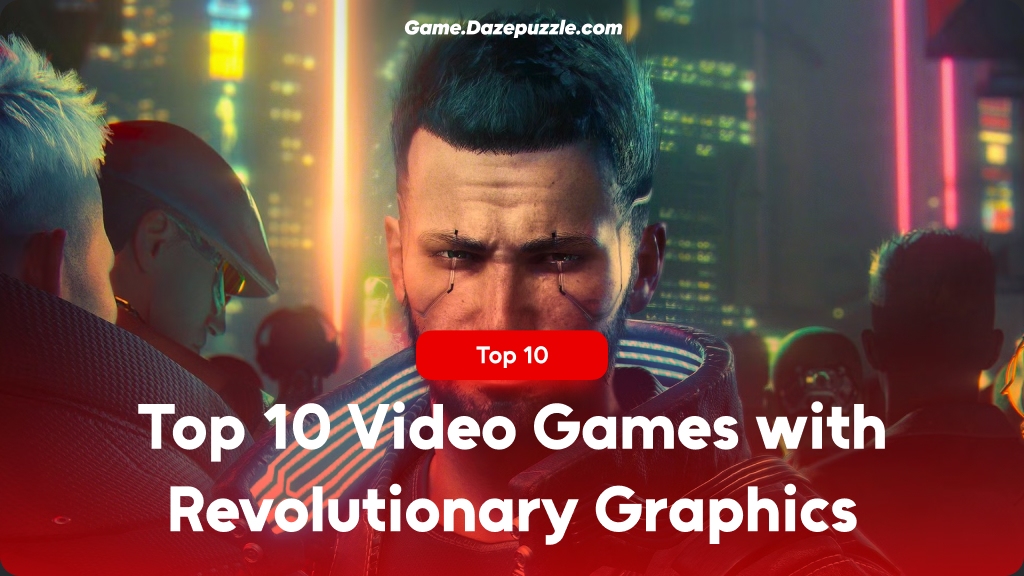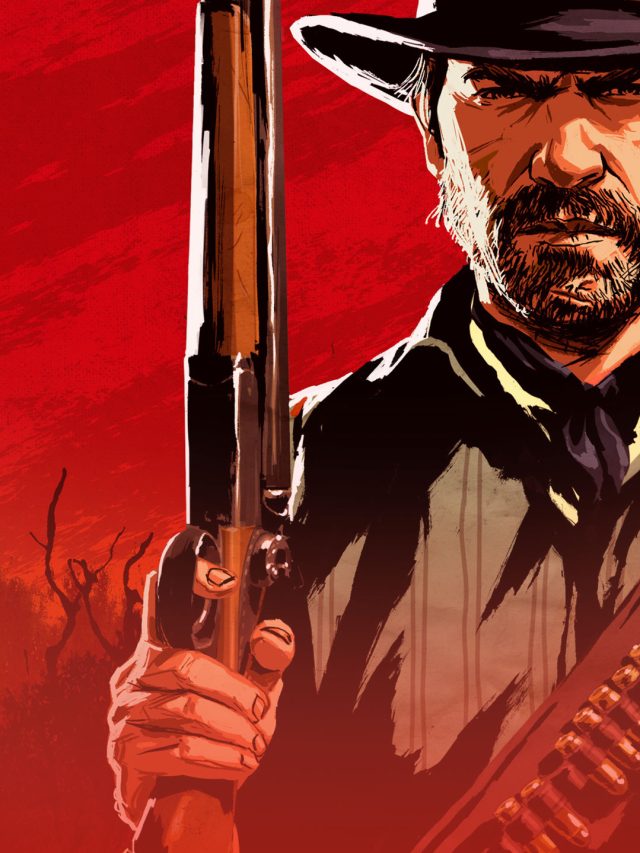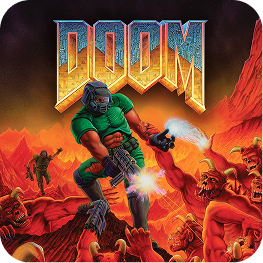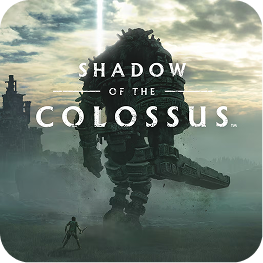Video games have come a long way since the days of pixelated sprites and blocky polygons. Graphics are a huge part of what pulls us into a game, making worlds feel alive and stories hit harder. Some games don’t just look good, they redefine what we think is possible, pushing hardware to its limits and leaving us slack-jawed. This list of Top 10 Video Games with Revolutionary Graphics dives into the top 10 games that didn’t just raise the bar for visuals but smashed it entirely, from the early days of 3D to today’s photorealistic masterpieces. Buckle up, because we’re about to take a visual journey through gaming history.
10. Doom (1993)
Back in 1993, PCs were clunky beasts, and gaming was still finding its footing in the 3D world. Then Doom dropped, and it was like a bomb went off. id Software’s first-person shooter wasn’t just about mowing down demons; it was a technical marvel. The game’s environments had texture, depth, and verticality, things that were practically sci-fi at the time. You could feel the grit of those pixelated hellscapes, with flickering lights and gruesome enemy sprites that exploded in glorious, gory detail.
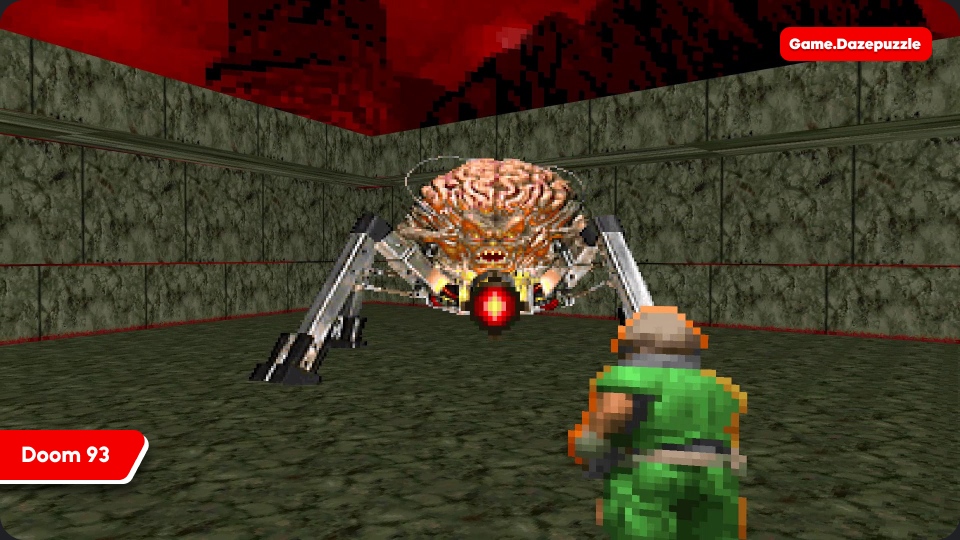
What made Doom revolutionary was how it made PCs the go-to for action games. Before it, PC gaming was mostly strategy and point-and-click adventures. Doom said, “Nah, we’re doing fast-paced chaos now.” Its use of sprite-based enemies in a pseudo-3D world, combined with atmospheric lighting, created a sense of immersion that felt like stepping into a nightmare. Even today, those blocky textures have a charm that holds up, and Doom’s influence on 3D rendering is undeniable. It wasn’t just a game; it was a wake-up call for what graphics could do.
9. Final Fantasy VII (1997)
When Final Fantasy VII hit the PlayStation, it was a game-changer in every sense. Sure, the story and characters stole hearts, but let’s talk about those visuals. Square Enix took RPGs from 2D sprite fests to full-blown 3D spectacles. The pre-rendered backgrounds were jaw-dropping, with detailed cities like Midgar that felt alive and cinematic. Those blocky character models might look dated now, but back then, seeing Cloud swing his Buster Sword in 3D was mind-blowing.
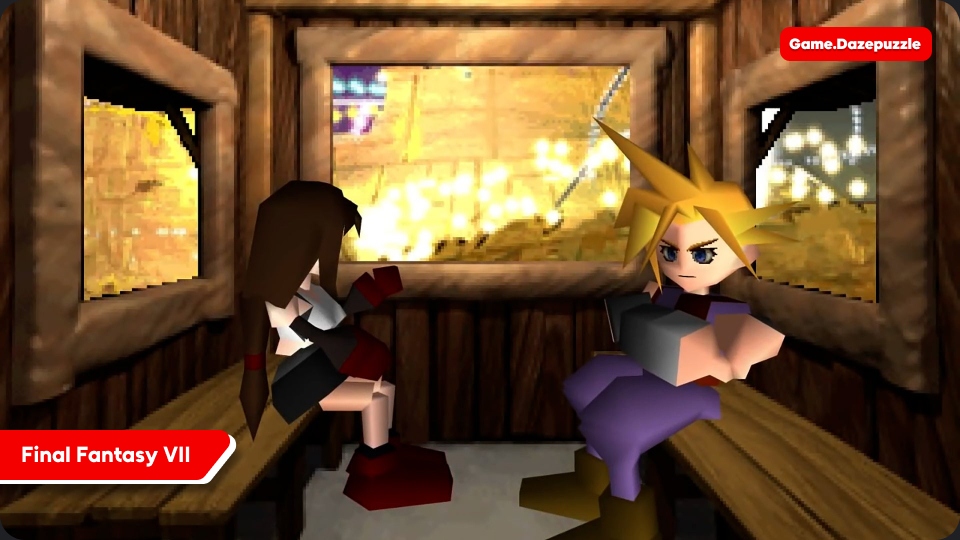
The real magic was in the FMV cutscenes, full-motion videos that looked like something out of a movie. When Aerith’s flower petals floated through the screen or Sephiroth summoned a meteor, it was like watching a blockbuster. Final Fantasy VII didn’t just push the PlayStation’s limits; it showed that games could tell epic stories with visuals to match. It set the stage for cinematic gaming, and its influence still echoes in every modern RPG that prioritizes spectacle.
8. Shadow of the Colossus (2005)
Shadow of the Colossus wasn’t just a game, it was a work of art that made you stop and stare. Team Ico’s PS2 masterpiece took a minimalist approach to storytelling but went all-in on visuals. The game’s vast, desolate world felt alive, with rolling plains, misty valleys, and towering colossi that looked like they could crush your PS2 just by existing. The way light filtered through ancient ruins or dust kicked up under your horse’s hooves was pure magic.
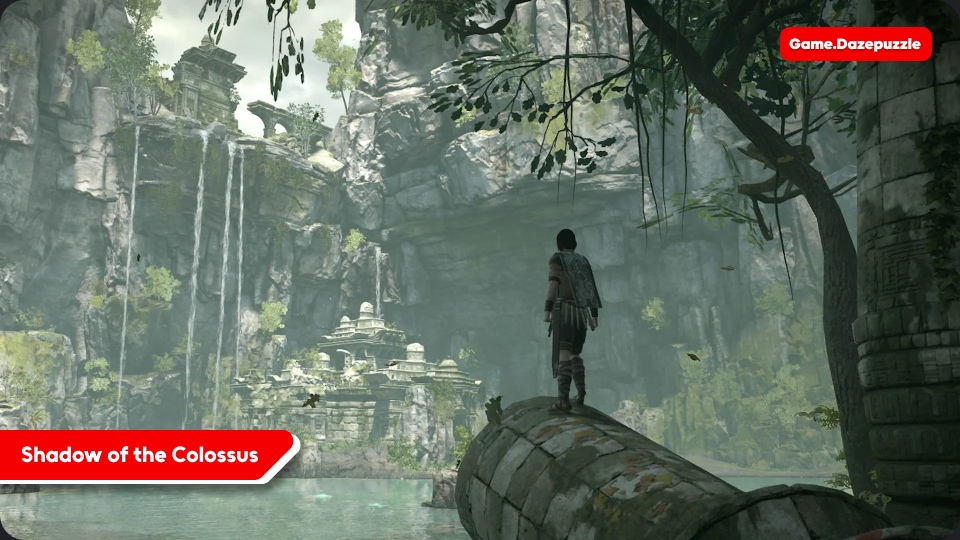
What set it apart was how it used the PS2’s limited hardware to create a sense of scale. Those colossi weren’t just big; they were breathtaking, with fur that swayed and stone that crumbled realistically. The game’s use of bloom lighting and soft textures gave it a dreamlike quality, blending technical prowess with artistic vision. It wasn’t about cramming polygons onto the screen, it was about making every frame feel like a painting. Even today, the remastered version on PS4 holds up as a visual stunner, proving that good art direction never gets old.
7. Crysis (2007)
“Can it run Crysis?” That question became a meme for a reason. When Crytek unleashed Crysis in 2007, it was a graphical beast that made even the beefiest PCs beg for mercy. The game’s jungle environments were lush and dense, with swaying foliage, shimmering water, and lighting that felt like you were staring into the sun. Every tree could be blasted apart, every explosion sent debris flying, and the draw distance was so insane you could see enemies plotting your doom from miles away.

Crysis was a showcase for what PCs could do when pushed to the brink. Its CryEngine set new standards for lighting, shadows, and physics, making other games look like they were stuck in the Stone Age. The nanosuit’s sleek design and the alien tech’s eerie glow added to the spectacle. Even years later, Crysis still looks impressive, and its legacy lives on in every game that tries to flex its graphical muscle. It didn’t just raise the bar, it built a whole new gym.
6. The Ori Series (2015–2020)
The Ori series, Ori and the Blind Forest, and Ori and the Will of the Wisps, is proof that you don’t need hyper-realistic graphics to blow minds. Moon Studios crafted a 2D platformer that feels like a living storybook. The hand-painted art style is stunning, with vibrant forests, glowing caverns, and ethereal creatures that leap off the screen. Every environment in Ori feels like it’s breathing, with layered backgrounds, dynamic lighting, and particle effects that make every jump and dash feel magical.

What makes the Ori series revolutionary is how it blends 2D art with 3D depth. The lighting in Will of the Wisps, especially with its soft glows and dramatic shadows, creates a sense of immersion that rivals AAA blockbusters. The fluidity of Ori’s animations, paired with environments that react to your every move, makes the game feel alive. It’s not just about looking pretty, it’s about using visuals to pull you into a world that’s equal parts heartbreaking and beautiful. The Ori series showed that indie games could outshine the big dogs in the graphics department.
5. Ghost of Tsushima (2020)
Sucker Punch’s Ghost of Tsushima is like stepping into a samurai movie directed by Mother Nature herself. Set on the island of Tsushima during the Mongol invasion, the game’s visuals are a love letter to feudal Japan. Lush fields of pampas grass sway in the wind, cherry blossoms drift through the air, and sunsets paint the sky in hues that make you forget you’re playing a game. The art direction, inspired by Kurosawa films, balances realism with a touch of stylization, creating a world that’s both grounded and mythical.

The game’s dynamic weather system and lighting effects are next-level. Storms roll in with crackling lightning, and fog creeps through forests, adding tension to every duel. The Director’s Cut on PS5 pushed things further with 4K resolution and 60 fps, making every sword swing buttery smooth. What makes Ghost of Tsushima stand out is how it uses visuals to enhance emotion, whether it’s the calm of a haiku moment or the chaos of a Mongol ambush. It’s a game that begs you to hit the photo mode button every five seconds.
4. The Witcher 3: Wild Hunt (2015)
CD Projekt Red’s The Witcher 3: Wild Hunt is a masterclass in making a world feel alive. Released in 2015, it still holds up as one of the best-looking RPGs ever, especially with its next-gen updates for PS5 and Xbox Series X. The game’s sprawling landscapes, swamps, forests, and mountains are packed with detail, from swaying grass to distant storms that light up the sky. Every village feels lived-in, with NPCs going about their lives and monsters lurking in the shadows.
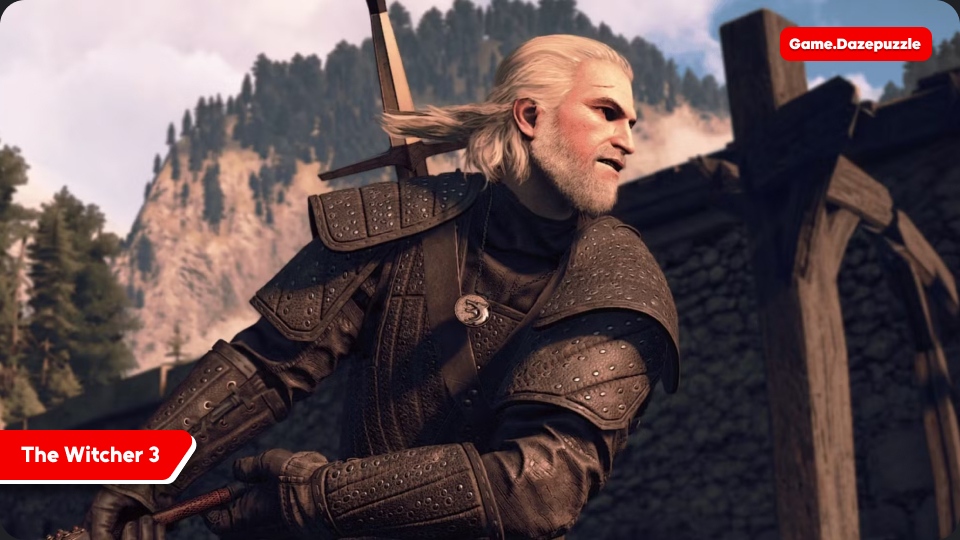
The character models, especially Geralt’s grizzled face and flowing hair, are top-notch, with animations that make every sword swing and spell cast feel weighty. The game’s use of dynamic lighting and weather systems adds to the immersion; riding through a rain-soaked Novigrad at night feels like you’re there. What makes The Witcher 3 revolutionary is how it balances epic scale with tiny details, like the way mud clings to boots or how a griffin’s feathers ruffle in the wind. It’s a world you can get lost in, and it still looks incredible a decade later.
You might also like this: Top 10 Video Games inspired by Movies
3. Red Dead Redemption 2 (2018)
Rockstar’s Red Dead Redemption 2 isn’t just a game, it’s a time machine to the Wild West. The attention to detail is borderline obsessive. From the way horses’ muscles ripple to the way snow piles up on your hat, every inch of this game screams realism. The open world is massive, with sprawling plains, dense forests, and bustling towns that feel like they could exist. Sunsets cast golden hues over the landscape, and rainstorms turn trails into muddy slogs, making every ride visually spectacular.

What sets RDR2 apart is its physics and environmental interactions. Animals behave like real creatures, NPCs react to your presence, and the world feels alive in a way few games achieve. The game’s lighting, especially on PC with maxed-out settings, is jaw-dropping, with ray-traced shadows adding depth to every scene. It’s not just about looking pretty, it’s about creating a world so immersive you forget you’re holding a controller. Even years after release, RDR2 remains a benchmark for what open-world games can look like.
2. Cyberpunk 2077 (2020)
Cyberpunk 2077 had a rough launch, but let’s be real, its visuals were never the problem. Night City is a neon-soaked fever dream, with towering skyscrapers, bustling streets, and a level of detail that makes your jaw drop. Every corner of the city feels alive, from the flickering holograms to the rain-slicked pavement reflecting neon lights. The game’s use of ray tracing takes it to another level, with reflections and lighting that make Night City feel like a real place you could get lost in.

Character models are insanely detailed, with V’s customizable look and NPCs’ expressive faces bringing the story to life. The game’s dynamic weather and day-night cycle add to the immersion, making every drive through the city a visual spectacle. Post-launch updates, especially the Phantom Liberty expansion, polished Cyberpunk 2077 into a graphical powerhouse. On a high-end PC with max settings, it’s one of the most stunning games ever made, pushing the boundaries of what open-world graphics can be.
1. Alan Wake 2 (2023)
Topping the list is Alan Wake 2, a game that’s a flex of what modern graphics can do. Remedy Entertainment’s psychological horror masterpiece, built on the upgraded Northlight Engine, is a visual tour de force. The Pacific Northwest setting is hauntingly real, with dense forests, misty lakes, and eerie urban areas that feel like they’re ripped from a nightmare. The game’s use of ray tracing and DLSS creates lighting and shadows so crisp you’ll forget you’re not watching a movie.

What makes Alan Wake 2 revolutionary is how it uses graphics to amplify its horror. Character models are lifelike, with facial animations that capture every flicker of fear or madness. Supernatural sequences, like Alan’s trips through the Dark Place, are visual mind-benders, blending reality and nightmare seamlessly. The game’s attention to detail, down to the texture of a soggy notebook or the glint of a flashlight, creates an atmosphere so immersive it’s almost suffocating. Alan Wake 2 doesn’t just look good; it redefines what games can achieve visually, making it the gold standard for graphics in 2023.
Why These Games Matter
Each of these games didn’t just look good for their time, they changed the game entirely. Doom made PCs action central, Final Fantasy VII brought cinematic storytelling to RPGs, and Shadow of the Colossus showed that art could trump raw power. Crysis became the ultimate PC stress test, while the Ori series proved indies could hang with the big leagues. Ghost of Tsushima and The Witcher 3 created worlds so immersive you could live in them, and Red Dead Redemption 2 and Cyberpunk 2077 pushed open-world detail to insane levels. Alan Wake 2 ties it all together, showing how far we’ve come with tech like ray tracing and next-gen engines.
These titles aren’t just about pretty pictures, they’re about using visuals to tell stories, set moods, and pull players into worlds that feel real. Whether it’s the pixelated chaos of Doom or the photorealistic dread of Alan Wake 2, these games prove that graphics are more than eye candy; they’re the heart of immersion. So, fire up your rig or console, crank those settings, and dive into these visual masterpieces. Your eyes will thank you.
Thanks for keeping up with Game.Dazepuzzle.com

